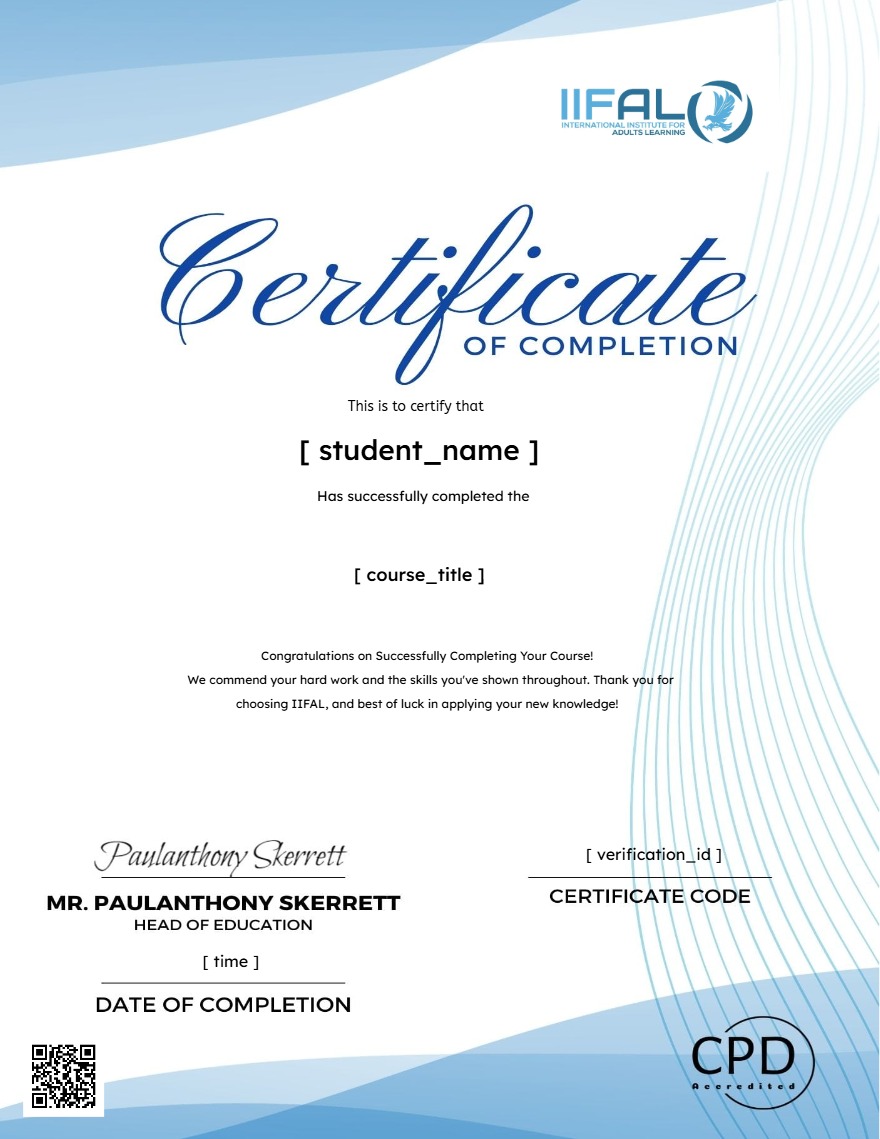
About Course
The Health and Safety at Work course equips employees with essential knowledge and practical skills to maintain a safe and healthy workplace environment. Covering key areas such as risk assessment, hazard identification, and emergency preparedness, the course emphasizes the legal responsibilities of both employers and employees in ensuring workplace safety.
Participants learn how to identify common workplace hazards and assess associated risks, using practical strategies like the hierarchy of controls to implement effective safety measures. The course also covers the proper use of personal protective equipment (PPE) and introduces best practices for fostering a culture of safety.
Emergency preparedness, including fire safety protocols and evacuation planning, is highlighted to ensure quick and effective responses to incidents. Additionally, the course delves into ergonomic principles to prevent musculoskeletal disorders and promote overall employee well-being.
Delivered through interactive modules, quizzes, case studies, and real-life scenarios, the course offers a flexible, self-paced learning experience. Upon completing the final assessment, participants receive a certificate of completion, confirming their ability to contribute to a safer, healthier work environment. This course is essential for any industry committed to upholding high standards of health and safety in the workplace.
Course Content
Introduction to Health and Safety
Overview of Health and Safety Regulations
Responsibilities of Employers and Employees
Importance of Maintaining a Safe Work Environment
Risk Assessment and Hazard Identification
Control Measures and Prevention
Emergency Preparedness
Workplace Ergonomics and Well-being
Earn a certificate
Add this certificate to your resume to demonstrate your skills & increase your chances of getting noticed.

Student Ratings & Reviews


